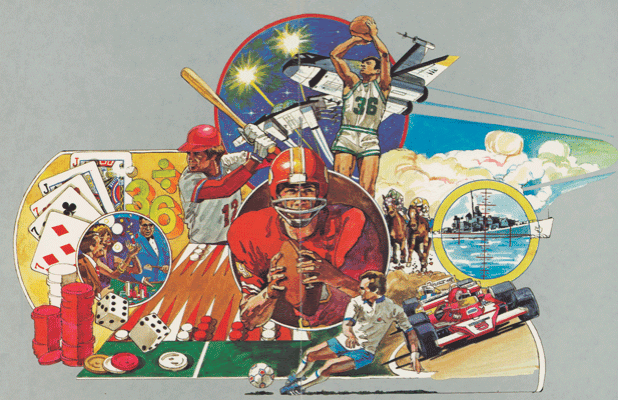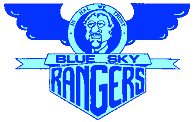Mattel Electronics

In 1977, Richard Chang, head of the Mattel Toys Design and Development department, began investigating the idea of producing a videogame system. He hired Glenn Hightower's APh Technology Consultants to help define the project. They found close to what they were looking for in the General Instruments integrated circuit catalog. The catalog described a video game system called the Gimini 6900 which could be built from off-the-shelf GI chips.
GI was enthusiastic about working with Mattel and helped make design changes. (The most important of these was adding a way for programmers to define new graphics for each game; the original design only allowed for a ROM library of graphics that would be used for every game. Design & Development artist Dave James insisted this would be a debilitating limitation.)
The Mattel executives, however, were reluctant to compete with Atari in the videogame market; they put the videogame project on hold. Instead, Richard Chang's group started producing handheld electronic games, many programmed by APh.
These games, marketed under the name Mattel Electronics, were very successful. In the Mattel boardroom, executive Jeff Rochlis started pushing the idea again of a videogame system. He finally sold upper management on it; in 1979, the Intellivision project started moving forward again.
The actual engineering of the hardware (including design of the infamous hand controllers) was done by a team at Mattel headed by Dave Chandler, earning him the nickname "Papa Intellivision." The internal software (the "Executive") was programmed at APh.
(Midway through development, Texas Instruments approached Mattel and pushed hard to get TI chips used in the Intellivision instead of GI chips. Although they offered a great deal price-wise that was seriously considered, Mattel stuck with GI since it would have caused a six to nine month delay. A good thing, says Glenn Hightower, who fought against the TI chip set as being "inferior.")
The Intellivision was test marketed in 1979 in Fresno, California, along with four cartridges: Poker & Blackjack, Math Fun, Armor Battle, and Backgammon. The test was a success, and in 1980 the Intellivision went into wide release. 175,000 were sold in 1980, 500,000 in 1981 and another 500,000 in 1982. Counting the Intellivision II and the Sears, Radio Shack and INTV clones, approximately 3 million master components were ultimately sold.
The Intellivision originally retailed for $299. Within a year the price had dropped to $249, and in 1982 a $50 rebate brought the actual price under $200. The cheaper-to-produce Intellivision II (which did not come with a game cartridge as the original Intellivision had), was introduced at around $150, but by late 1983 retailed for $69.95. That became the final Intellivision price point. Master Components sold by Mattel Electronics' successor, INTV Corp., from 1985 through 1990 were sold for $69.95 each.
Most Mattel Electronics cartridges were introduced at $39.95, then dropped in price as new titles were released. Intellivoice games originally sold for $43.95 each. Chess, which included RAM in the cartridge, was the most expensive Intellivision cartridge ever at $55.95.

